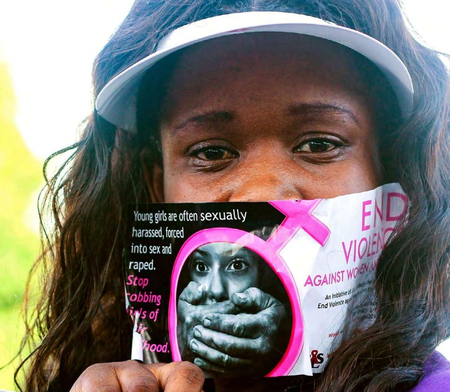316 mn women, 12.5 mn adolescent girls faced sexual violence in last 12 months: WHO

Geneva, Nov 20 (IANS) A whopping 316 million women and 12.5 million adolescent girls worldwide faced sexual violence in the last 12 months, according to a report released by the World Health Organization (WHO) on Thursday.
The report, released ahead of the International Day for the Elimination of Violence against Women and girls observed on November 25, noted that violence against women remains one of the world’s most persistent and under-addressed human rights crises and has made little progress in the last two decades.
Nearly one in three women — estimated 840 million globally — have experienced partner or sexual violence during their lifetime — a number that has hardly changed since the year 2000.
In the last 12 months, 316 million women — 11 per cent of those aged 15 or older — were subjected to physical or sexual violence by an intimate partner.
About 12.5 million adolescent girls — 15-19 years of age or 16 per cent — have experienced physical and/or sexual violence from an intimate partner.
Progress on reducing intimate partner violence has been painfully slow, with only a 0.2 per cent annual decline over the past two decades, stated the report.
For the first time, the report also includes national and regional estimates of sexual violence by someone other than a partner.
It found 263 million women have experienced non-partner sexual violence since age 15, a figure experts caution is significantly under-reported due to stigma and fear.
“Violence against women is one of humanity’s oldest and most pervasive injustices, yet still one of the least acted upon,” said Dr Tedros Adhanom Ghebreyesus, WHO Director-General.
“No society can call itself fair, safe, or healthy while half its population lives in fear. Ending this violence is not only a matter of policy; it is a matter of dignity, equality, and human rights,” he added.
The report also highlighted the lack of funding for initiatives against sexual violence, warning that humanitarian emergencies, technological shifts, and rising socio-economic inequality are further increasing risks for millions of women and girls.
It called for decisive government action and funding to scale up evidence-based prevention programmes to strengthen survivor-centred health, legal, and social services; investing in data systems to track progress and reach the most at-risk groups; and enforcing laws and policies empowering women and girls.
–IANS
rvt/




